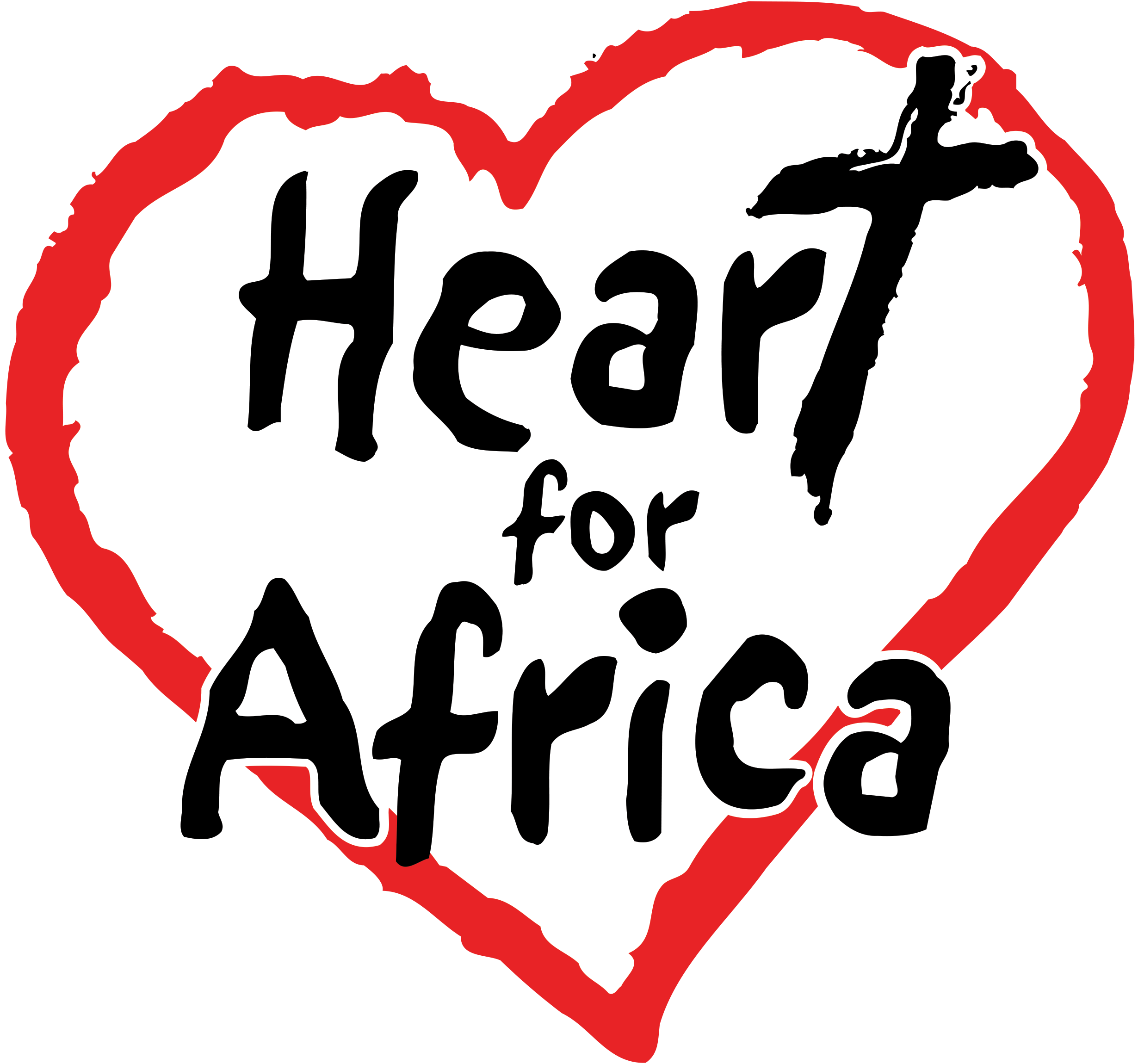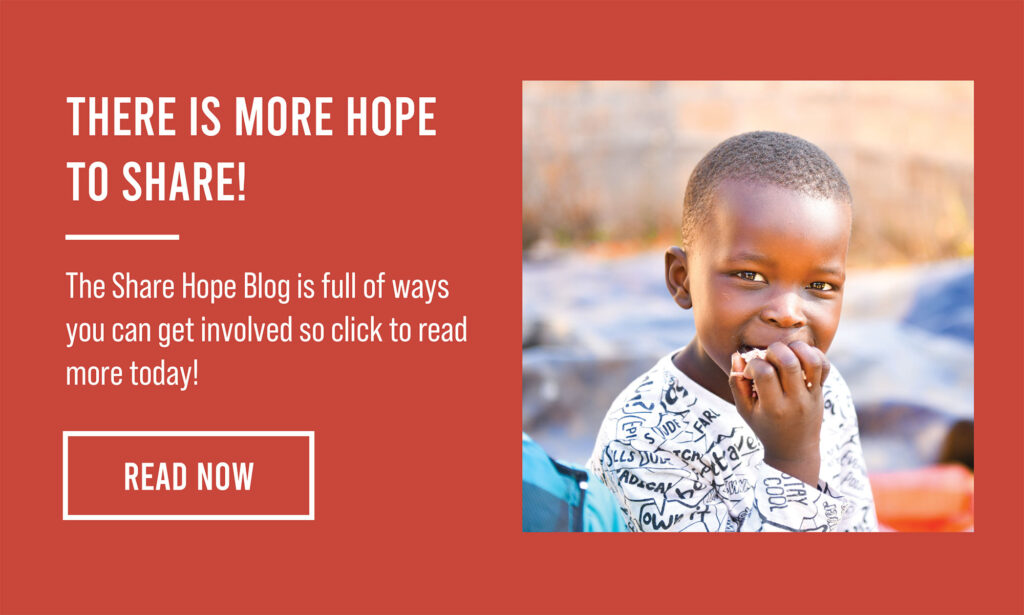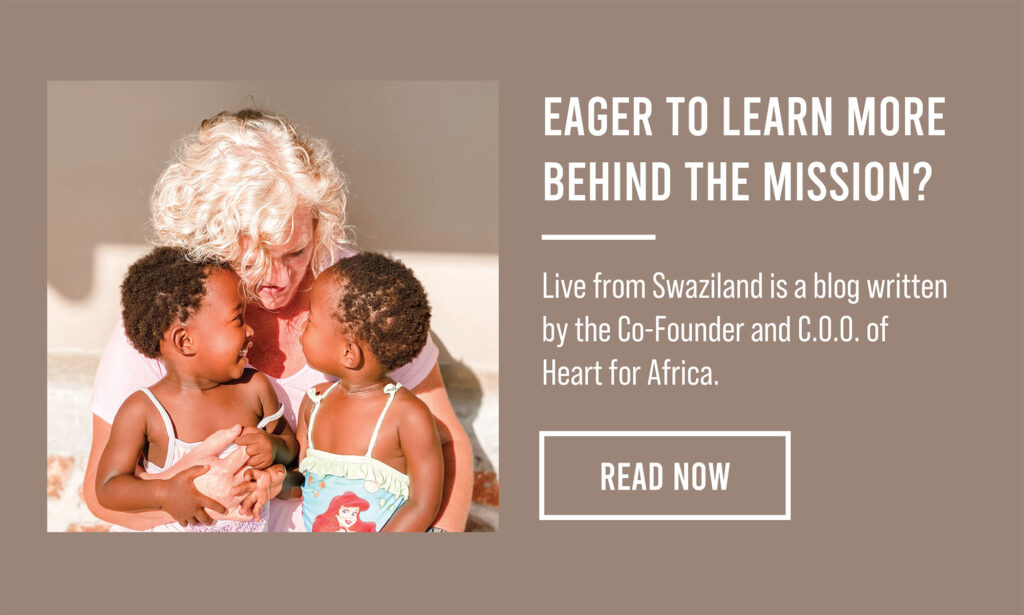Why The Orphan Crisis in Eswatini is Ongoing

With so many things happening in the world, it can be hard to keep up with every topic that deserves your attention. It’s even harder if that topic isn’t regularly covered in the news or discussed among people you see every day.
One of those topics is the orphan crisis. The United Nations Children’s Emergency Fund (UNICEF) estimates that there are 140 million orphans worldwide. Every day, that number grows, with 5,700 more children becoming orphans.
What’s worse is that no country is exempt from this issue. From the United States all the way to South Korea, you can find orphans living in unfortunate circumstances. And this fact is even more true for those of them living in countries like Eswatini.
Out of 1.1 million people, there are over 200,000 orphans in this landlocked country that’s situated in Southern Africa. Many of the orphans live on their own or with extended family members who don’t have enough resources to adequately provide for another person. However, despite the obstacles, there are ways to beat and eliminate the orphan crisis in Eswatini. It just starts with understanding the key factors driving the issue.
Five causes of the
worldwide orphan crisis
When trying to understand the orphan crisis in Eswatini, it’s essential to take a broad look at what’s happening worldwide.
Several factors are contributing to the orphan crisis across the globe, and those factors provide insight into what’s leading to the issue in Eswatini. For context, here are five causes of the orphan crisis.
- The HIV/AIDS epidemic
Many children under 18 years of age have lost their parents because of the HIV/AIDS epidemic. In fact, in 2015, 13.4 million children and adolescents worldwide had lost one or both parents because of HIV/AIDS. This preventable disease is the largest contributor to the orphan crisis, and it impacts many countries today. - Poverty
The World Bank estimates that 3.4 billion people struggle to meet basic needs despite economic advances around the world. In 2018, the organization announced in a press release that over 1.9 billion people lived on less than $3.20 per day throughout 2015. The World Bank also explained that 46% of the world’s population survived on less than $5.50 per day. Given the lack of financial resources, some children become orphans, not because of a lack of love, but because their parents can’t take care of their basic needs. - Corruption
Unfortunately, some corrupt agents profit from the orphan crisis because it provides a way for them to traffic vulnerable children. It’s not uncommon to see people recruit orphans with the promise of education and a better life only to force them into illegal adoption, servitude, forced labor, or sexual abuse. - Roadblocks to adoption
Some countries make it difficult—or even impossible—to adopt orphans and bring them to loving, stable, and well-meaning families that live in other countries. Ethiopia, for example, is the latest country to stop international adoption.
But South Korea, Romania, Guatemala, China, Russia, and Kazakhstan—all of which led in foreign adoption—have also stopped or decreased international custody transfers. This trend is a sharp contrast from 2005, where almost 46,000 children were adopted across borders to help eliminate the orphan crisis. - War
In February of 2020, the United Nations made it clear that around 250 million children lived in countries affected by conflict. The organization also suggested that 12,000 children were killed or injured because of the conflict plaguing their land.
However, when children start to lose their parents because of war, the orphan crisis continues. In war-torn countries, parents pass away because they’re directly killed in combat or indirectly killed because of an attack on innocent civilians. What’s worse is that countries affected by war are often unable to help orphans, making the issue even more dire.
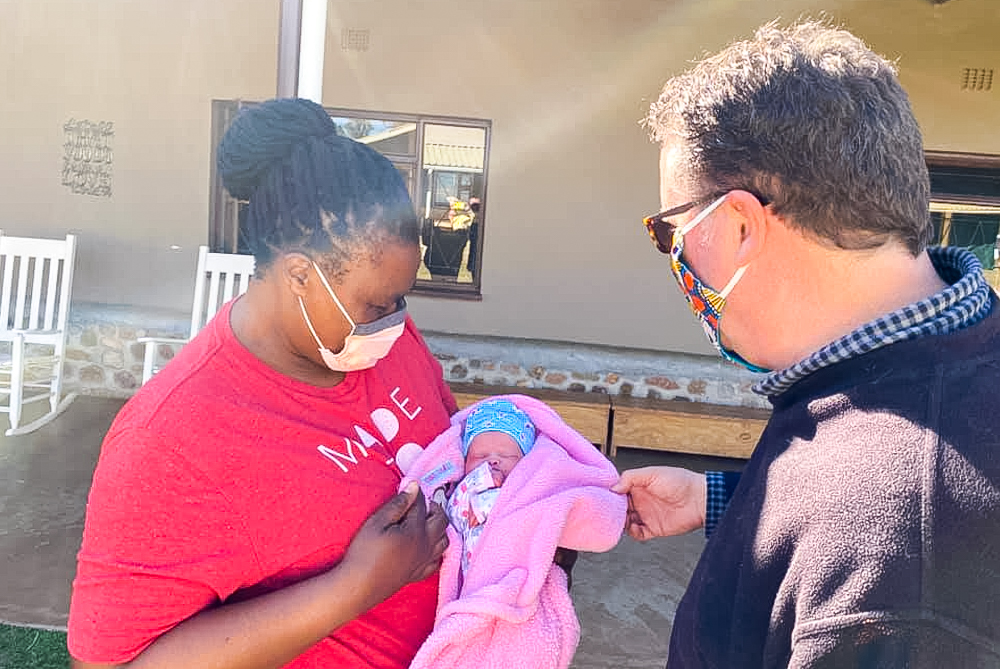
What’s causing the orphan crisis
in Eswatini?
Some of the factors contributing to the worldwide orphan crisis are also impacting Eswatini. The most significant factors are the HIV/AIDS epidemic and poverty.
In Eswatini, over 200,000 people are living with HIV/AIDS. In 2018, 11,000 children were battling the disease. While new infections among children and HIV-related deaths have decreased to fewer than 1,000 every year, HIV/AIDS is still impacting children.
About 45,000 people from ages 0 – 17 have become orphans because of HIV/AIDS.The life expectancy in Eswatini has also diminished to 49 years old. As it currently stands, 38% of the population in Eswatini are under the age of 15, while only 5% are 60 or over. Today, the HIV/AIDS epidemic is impacting the most productive age group in Eswatini, creating more and more orphans every year.
And when children don’t have their parents to care for them, they sometimes have a grandparent or extended relative to step in. But this situation only exacerbates existing poverty for families.
Eswatini is one of the poorest countries in the world. More than 40% of its population lives on less than US $1.25. And because of poor climate conditions and low agricultural productivity, many people in Eswatini find themselves living in extreme poverty.
Tens of thousands of people in the country lack access to clean water and live in poor housing conditions or unsanitized facilities. Food and job shortages are also widespread, and most people don’t receive an education, continuing the cycle of poverty.
With little resources to count on, many parents can’t afford to give their children the care they need. Without job opportunities and a good education, adult men and women sometimes abandon their children because they have no way of taking care of them.
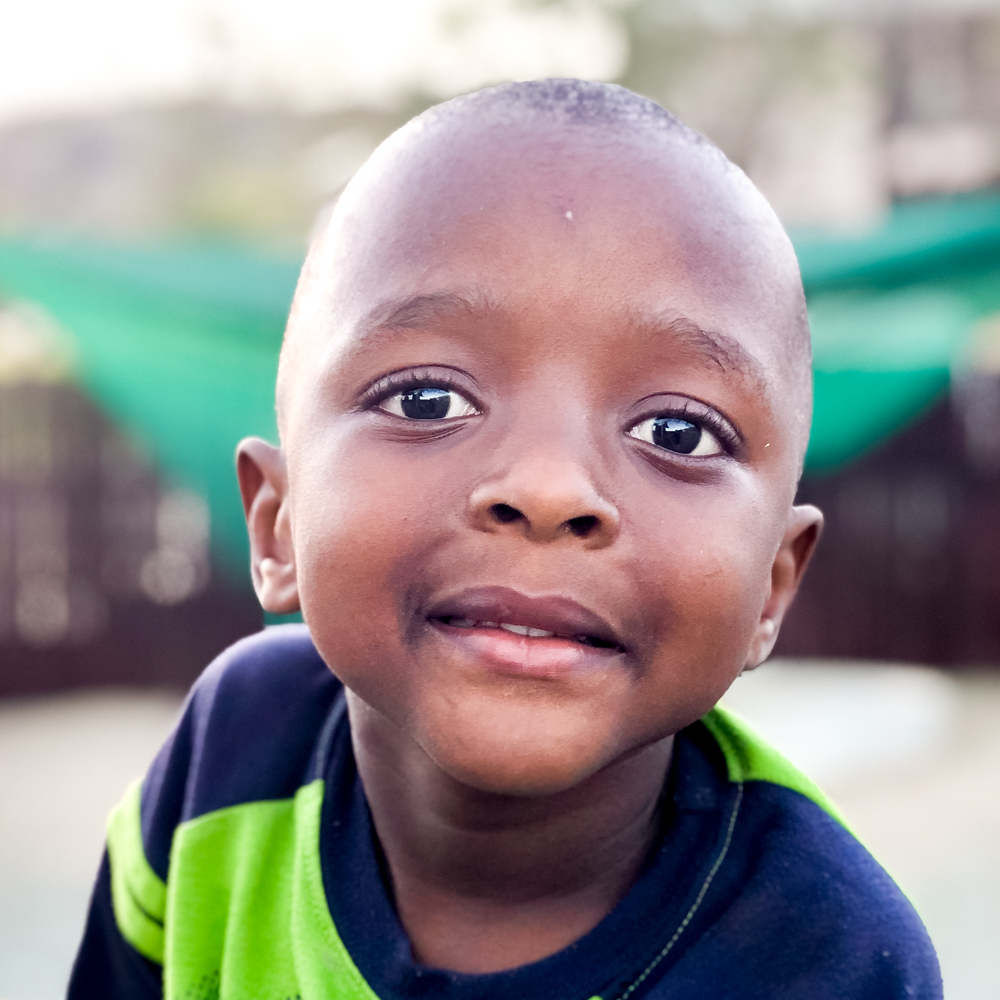
How to stop the orphan crisis
in Eswatini
While the orphan crisis in Eswatini is ongoing, it’s not a formidable foe that can’t be defeated. With more job opportunities and strategies that beat HIV/AIDS, Swazis can have the resources to provide for their children and the medical care they need to live long, healthy lives that allow them to be there for their kids.
At Heart for Africa our mission is to provide a safe haven for orphans and vulnerable children. Children’s homes and schools have been and will continue to be built to provide for the ever-growing number of orphans being left in the wake of drought, disease, starvation and the AIDS pandemic. This will provide them a chance to live and grow as well as be educated to help break the cycle of ignorance and poverty in their generation. You can join us in the mission through Child Sponsorship. Learn more about sponsoring a child here.
Khutsala Artisans, a Heart for Africa initiative, is another way you can support orphans and vulnerable children in Eswatini. By purchasing jewelry from Khutsala Artisans, you can play a role in financially supporting the Swazis who are making the products. And 100% of Khutsala Artisans’ profits go directly to the care of the children living on Project Canaan. Shop with purpose here at www.khutsala.com.If you want to help stop the orphan crisis, don’t hesitate to jump in. There are many ways that you can help out. But any effort you make will be significant and instrumental in giving children the upbringing and quality of life they deserve.
